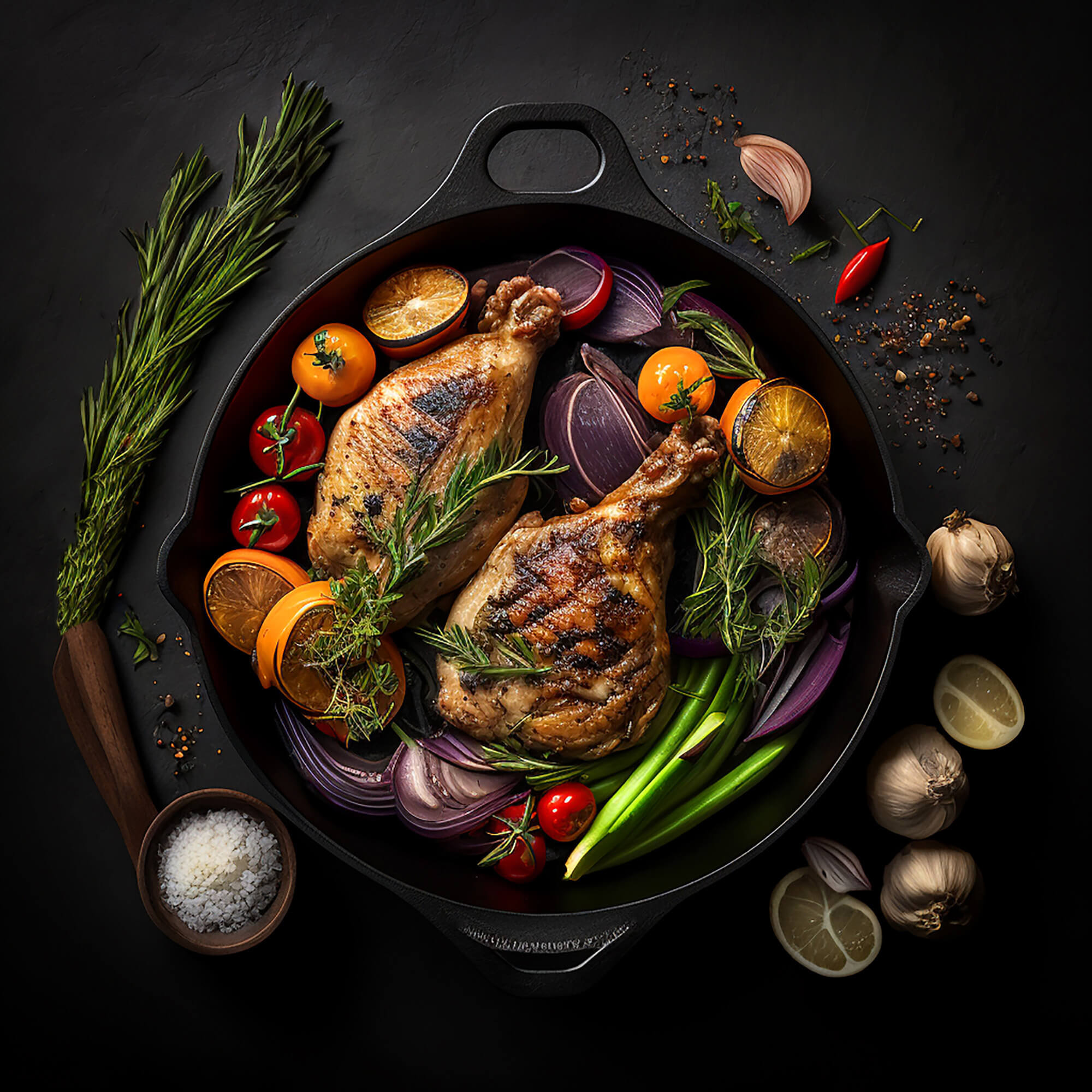The Ultimate Guide to Product Photography: Tips and Tricks for Capturing the Perfect Shot
Are you looking to improve the quality of your product photography? In today’s digital world, high-quality product photography is a necessity for any business that wants to succeed online. Whether you are selling products on your own website, Amazon, or other e-commerce platforms, capturing the perfect shot can make all the difference.
In this Ultimate Guide to Product Photography, we will explore tips and tricks to help you create stunning product images that will stand out from the crowd. We will cover everything from camera settings and lighting to composition and post-processing techniques. So, let’s dive in!
-
Plan Your Shoot
Before you start taking photos, it’s essential to plan your shoot carefully. Think about what type of images you want to create and what message you want to convey. Take the time to consider your product’s features, benefits, and target audience. This information will help guide your decisions about lighting, backgrounds, and props.
-
Use the Right Equipment
To capture the perfect product shot, you need the right equipment. A high-quality camera, tripod, and lighting equipment are essential. The camera you choose should have manual control settings, which will allow you to adjust shutter speed, aperture, and ISO. A tripod will help keep your camera steady, and lighting equipment will ensure that your product is well-lit.
-
Choose the Right Background
The background you choose can make a significant difference in the overall look and feel of your product images. A clean, white background is a popular choice for e-commerce product photos as it provides a neutral backdrop that won’t distract from the product itself. However, you can also experiment with colored backgrounds or textured surfaces to create a unique look.
-
Get the Lighting Right
Proper lighting is one of the most critical factors in creating high-quality product photos. Ideally, you should use a combination of natural and artificial light sources to create a well-lit, evenly exposed image. Avoid using direct, harsh light as it can create harsh shadows and unflattering highlights. Instead, diffuse the light using a softbox or diffuser to create a soft, even light source.
-
Use Props and Styling
Props and styling can add interest and personality to your product photos. However, it’s essential to use them sparingly and purposefully. Choose props and styling that complement your product and enhance its features. For example, if you’re selling jewelry, you might include a hand or a mannequin to show how the jewelry looks when worn.
-
Pay Attention to Composition
Composition refers to how elements are arranged within the frame of your photo. A well-composed photo will draw the viewer’s eye to the product and create a sense of balance and harmony. The rule of thirds is a popular composition technique that involves dividing the frame into thirds both horizontally and vertically and placing the product or focal point on one of the intersection points.
-
Edit Your Photos
Editing is an essential part of the product photography process. Even if you get everything right in-camera, there’s always room for improvement in post-processing. Use editing software like Adobe Photoshop or Lightroom to adjust exposure, contrast, color balance, and sharpness. Just be careful not to over-edit your photos, as this can make them look unnatural.
-
Consider Using Lifestyle Photography
While product photography is essential, you can take your product images to the next level by incorporating lifestyle photography. Lifestyle photography involves showcasing your product in use, in a context that speaks to your target audience’s lifestyle. For example, if you sell fitness gear, you might showcase your product being used in a gym or outdoor setting. This type of photography can help potential customers visualize themselves using the product, making them more likely to make a purchase.
-
Experiment with Different Angles
Don’t be afraid to experiment with different angles when taking product photos. Shooting from multiple angles can help showcase your product’s features and help customers get a better sense of its size and shape. For example, if you’re selling a bag, you might take photos from the front, back, and side to show the different compartments and features.
-
Test and Iterate
Finally, it’s essential to test and iterate your product photography over time. Don’t assume that the first set of images you take will be perfect. Take the time to review your images, get feedback from others, and make adjustments as needed. By continually testing and iterating your product photography, you can improve your images over time, making them more effective at driving sales and growing your business.
The links provided offer a selection of books about “E-Commerce Photography”
- Product Photography Magic
- Product Photography: Lighting, Composition, and Shooting Techniques
- The New Lighting for Product Photography
- Graphic Design for Art, Fashion, Film, Architecture, Photography, Product Design and Everything in Between
- Product Photography for Beginners
- AI Art: Machine Visions and Warped Dreams
- The Photographer’s Guide to Luminar AI
- Artificial Intelligence Photography: How AI Revolutionizes Next Generation Arts!
- Beginner’s Guide to Stable Diffusion AI Art: Learn the essential techniques and free software to create AI
- Artificial Intelligence: A Growth Guide To Business & Life
In summary, product photography is a critical aspect of any business that wants to succeed online. By following the tips and tricks outlined in this Ultimate Guide to Product Photography, you can create stunning images that will help your products stand out and drive sales. Remember to plan your shoot carefully, use the right equipment, choose the right background, get the lighting right, use props and styling sparingly, pay attention to composition, edit your photos carefully, consider using lifestyle photography, experiment with different angles, and test and iterate over time. By putting in the effort to create high-quality product photography, you can take your business to the next level.
